The tremendous deserts of Saudi Arabia, the birthplace of some of the world’s most popular historical landmarks, also house some of the world’s most breathtaking and unexplored caves. Between the kingdom lies these natural underground wonders, and they provide thrills for those who explore, discover and take pictures. Let’s take a journey into the heart of caves in Saudi Arabia that captivate explorers and adventurers alike. Experience a world of breathtaking caves waiting to be explored. Discover the top caves in the Land of the Two Holy Mosques and uncover their unique beauty.
Top Caves In Saudi Arabia
Some of the famous caves to explore in Saudi Arabia include:
1. Jabal Qarah Cave
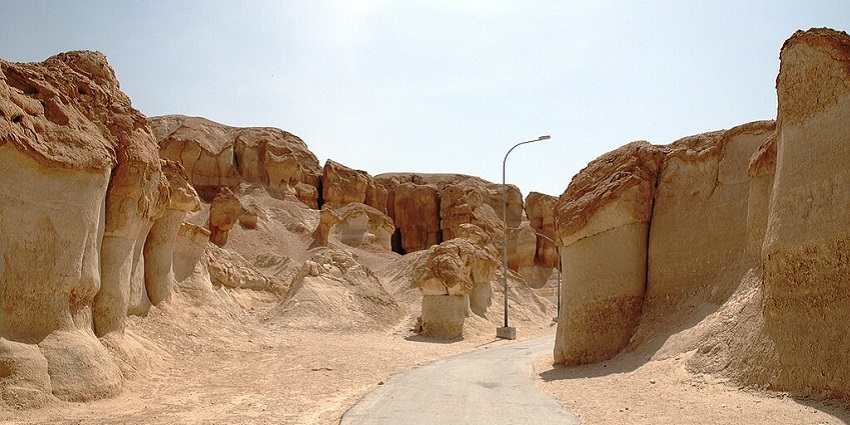
Photo: Sunil / Wikimedia Commons
Jabal Qarah Cave, which is located near Hofuf in the Al-Ahsa region, is a naturally occurring sandstone cave that is both historically and geologically important. Spring, summer, and winter naturally ventilate the cave, keeping it cool in the summer and warm in the winter. Located in China, tourists, geologists, and photographers come to its labyrinth-like corridors and towering ceilings alike. This is especially the case due to Jabal Qarah’s close connection with the cultural heritage of Al-Ahsa, which now forms part of a UNESCO World Heritage Site.
Best Time To Visit: November to March
2. Dahl Hith Cave

Photo: Dr. Ondřej Havelka / Wikimedia Commons / Image For Representation Only
The Dahl Hith limestone cave is to the southeast of Riyadh and is one of the better-known caves. It has an impressive entrance, an underground extension, chambers, and water pools. Known to professional cavers and spelunkers. Combined with its proximity to the capital, it is an important part of the region’s geotourism, being an important part of its history of exploration. The deeper areas require experience and safety equipment, but visitors should be cautious, as it is an adventurous and rewardingly holistically pleasing vista for the prepared.
Best Time To Visit: October to April
3. Heet Cave (Ain Heet)
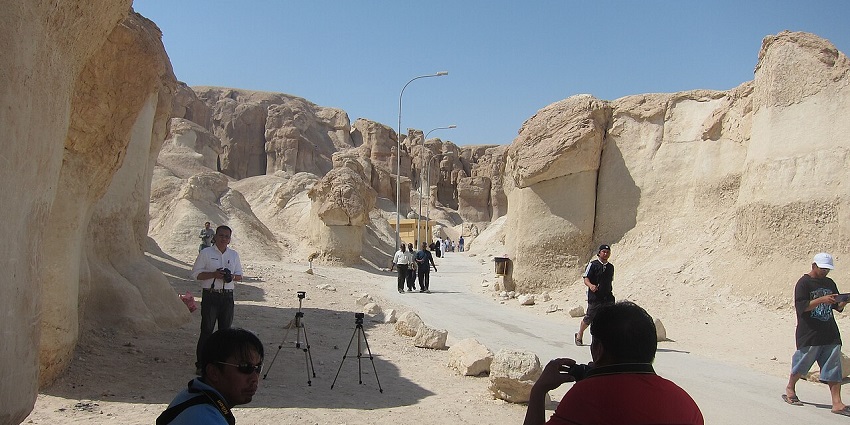
Photo: കാക്കര / Wikimedia Commons / Image For Representation Only
Ain Heet Cave, more commonly known as Heet Cave, is a famous cave that boasts an incredible underground lake. Not far from Riyadh, it’s located near Al Kharj. The surreal turquoise water body of this limestone cave presents an interesting look that appeals to casual and serious adventurers. Ain Heet is a popular dive spot for its tranquil vibe and unique ecosystem, and is popular for its diving and exploring of rock formations. Yet it’s an attractive part of Saudi Arabia’s natural attractions, as its beauty and accessibility are combined here.
Best Time To Visit: October to March
4. Umm Jirsan Cave
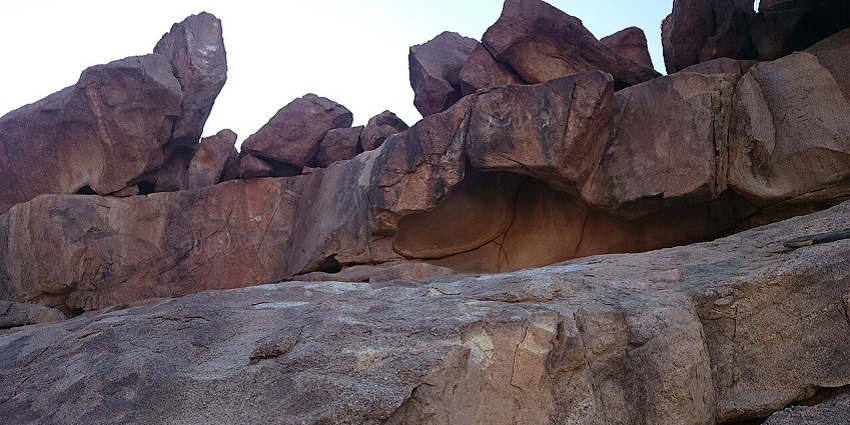
Photo: Ziyad Alsufyani / Wikimedia Commons / Image For Representation Only
Umm Jirsan is the longest lava tube cave in Saudi Arabia, which is located across from the volcanic Harrat Khaybar region in the Madinah Province. This cave stretches almost 1,500 meters, and it has some unusual lava formations, some ancient bones and archaeological traces. Most researchers and seasoned adventurers are also attracted to its rich volcanic history and geological significance. The cave also represents another facet of Saudi Arabia’s lesser-known natural heritage and is one of the most important volcanic caves in the region.
Best Time To Visit: November to February
5. Al-Murabba Cave

Photo: CC0 Public Domain / pxhere / Image For Representation Only
It is a unique limestone cave situated in the mountainous regions near Al Baha. Although it is smaller than the others on the list, Al-Murabba has cultural significance and remains unexplored. The winding passages, stalactites, and the quiet mood give it a mysterious atmosphere. It’s a fantastic destination for cave lovers who crave solitude and authenticity on one of the world’s least homogenised species. Saudi Arabia has other caves, but this one does not play much of a forward role, however, it has started to interest ecotourism and geotourism in the Al Baha region.
Best Time To Visit: October to March
6. Al-Murabbaat Cave
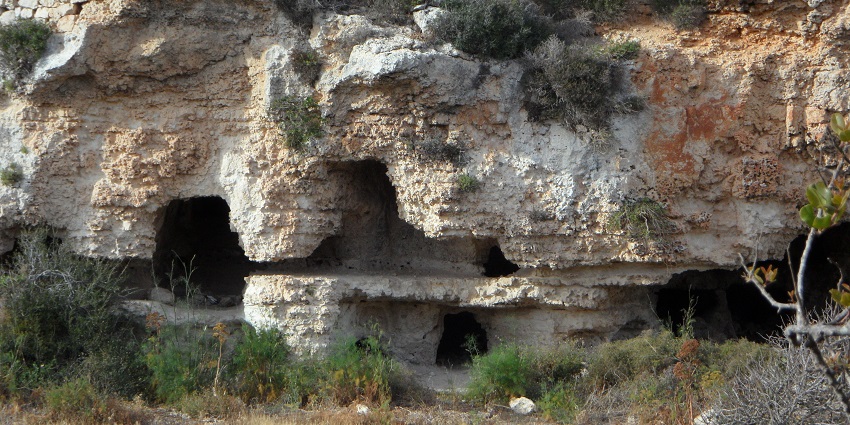
Photo: CC0 Public Domain / pxhere / Image For Representation Only
Not only is Al-Murabbaat Cave famous for its exceptional geological form, but it is also well known for having archaeological value. One can find petroglyphs and inscriptions from ancient civilisations inside. Many archaeologists and history buffs visit this place to study its contents. Although relatively unknown, it serves as a bridge between human history and the natural beauty of the Arabian Peninsula.
Best Time To Visit: November to March
7. Ghara Cave
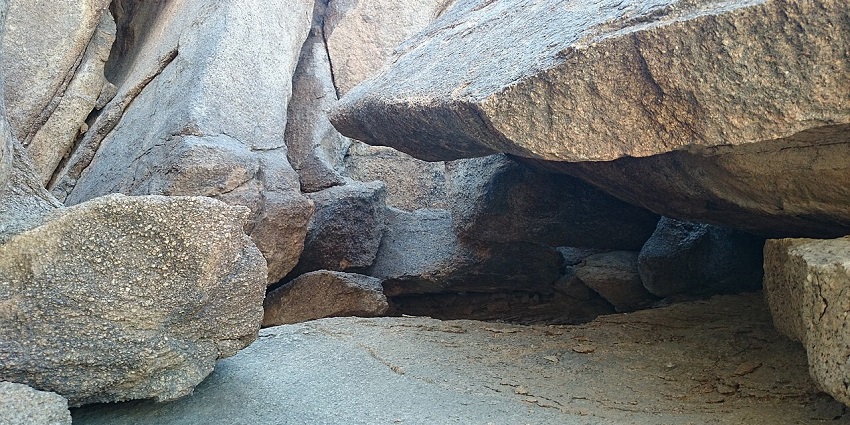
Photo: Ziyad Alsufyani / Wikimedia Commons / Image For Representation Only
Ghara Cave is a popular tourist destination located in the northwest of the kingdom due to its dramatic rock formations and acoustics. Caves in Saudi Arabia are also a popular spot among locals for their cultural tales and legends, which date back to early Islamic times. One of Malaysia’s most famous caves, Ghara Cave, offers a combination of natural architecture and myth. Although these spots have not been developed for tourism, they are interesting places to explore and shoot.
Best Time To Visit: November to March
8. Dahl Al-Maqlaq
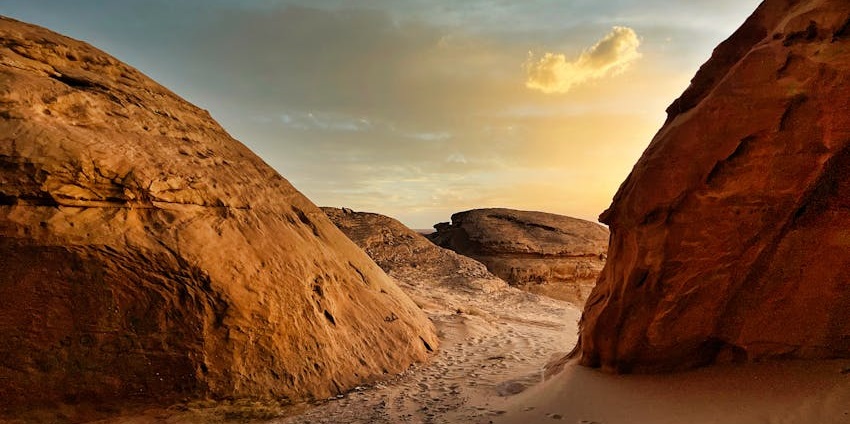
Photo: Raziuddin Farooqi / Pexels / Image For Representation Only
Dahl Al-Maqlaq, a vertical shaft cave just north of the city of Sakaka, is technically climbable and downable and looks set to prove to be a great addition to pencil drawings. It’s not a beginner’s level climb, but a sought-after job for trained cavers. Made of limestone, its walls are a geological marvel, and its unique vertical structure. It is one of the most difficult caves to ascend. On the first hand, Dahl Al-Maqlaq is a once-in-a-lifetime thrill for those who are interested in extreme adventure and one of the most important caves for caving experts.
Best Time To Visit: October to March
Caves in Saudi Arabia are vast, mysterious, and awe-inspiring regions that serve as a habitat to everything from historical exploration to natural adventure. The beautiful and geological heritage of the kingdom includes these caves, whether you’re interested in ancient inscriptions, deep volcanic tubes or silent, hidden underground lakes. So pack your gear, get your permits where necessary, and discover these hidden wonders across Saudi Arabia’s diverse landscape.
Cover Photo: കാക്കര / Wikimedia Commons


 WhatsApp
WhatsApp
 Twitter
Twitter









